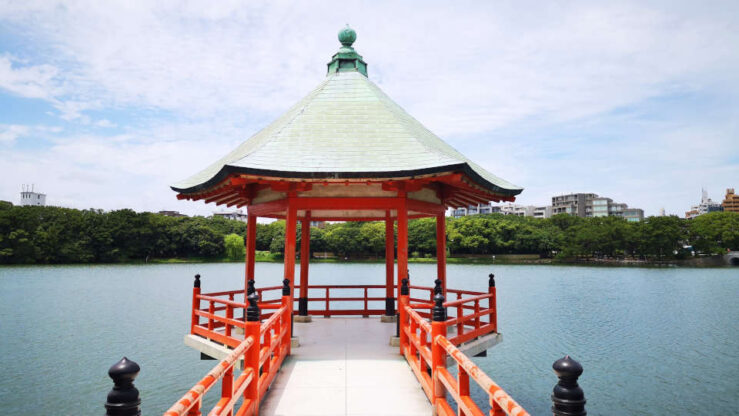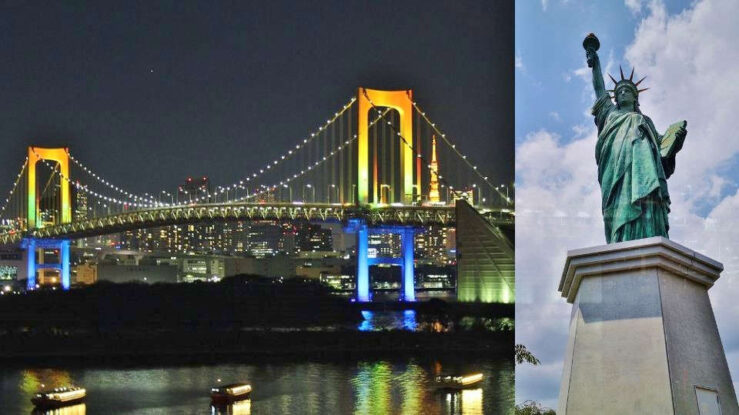Sensoji Temple, Ueno Park & Yanaka Ginza (Taito City)
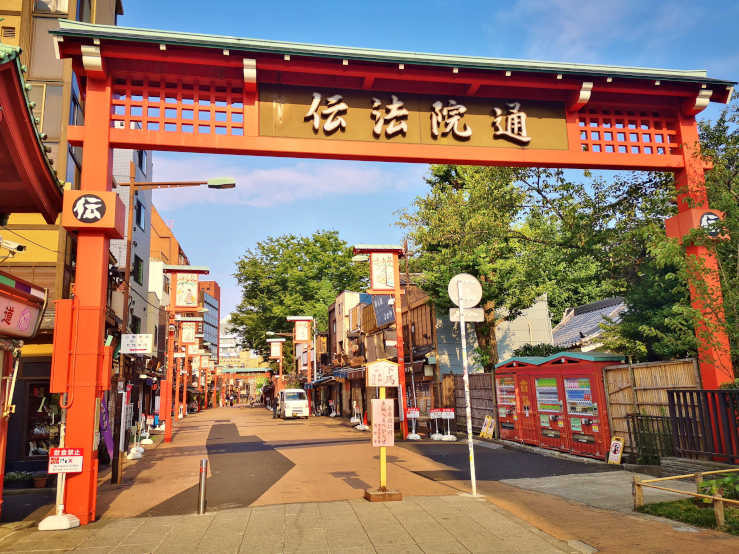
Photo: Travel In Culture
Taitō, or Taito City in English, is a ward in northern Tokyo that stands out as an area where old and new coexist in harmony. The ward includes Yanaka, Ueno, Asakusa, and Asakusabashi, all of which are reminiscences of a bygone era and the fascinating history of Tokyo – while adapting to the modern lifestyle of the metropolis. Uniquely, the old neighbourhoods of Taito City have been preserved since they were not bombed and destroyed during World War II. They are thus a time warp to the historical Tokyo of the Edo era (1603-1867).
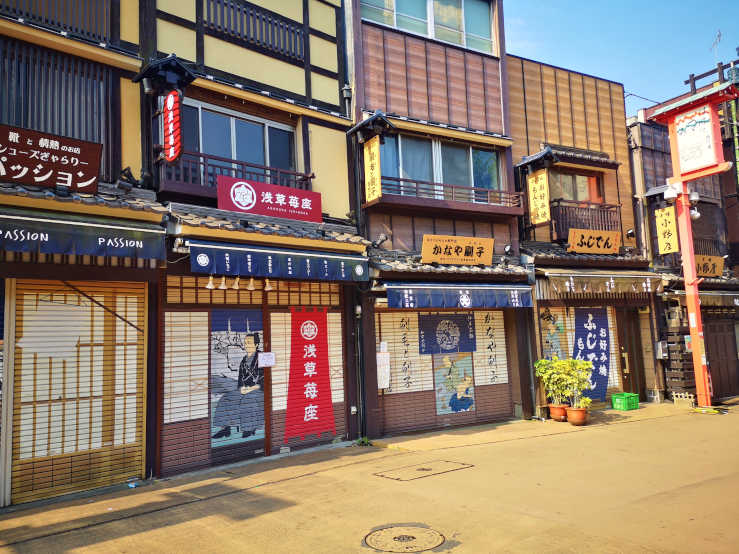
Photo: Travel In Culture
Artisans still thrive in the area, making a living by selling their craft products. In Yanaka Ginza, small traditional local shops flourish, and flavours from a long-established Japanese cuisine reach the street. Chopsticks and paper lanterns are sold along the old Nakamise shopping street in Asakusa, which leads to the famous Sensoji Temple.
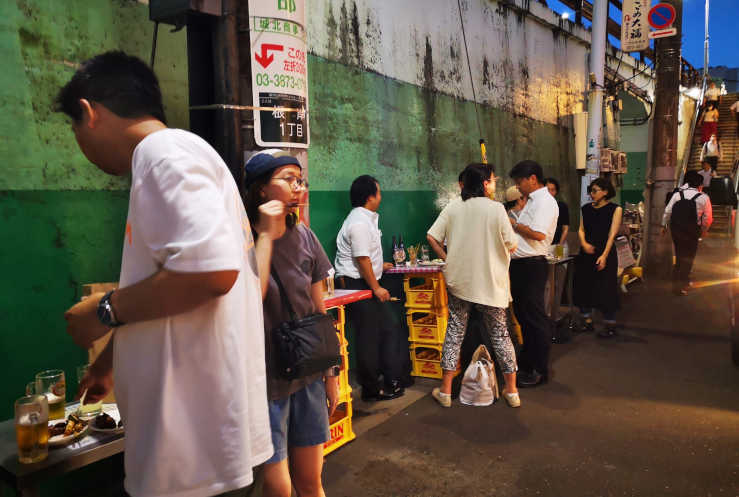
Photo: Travel In Culture
Ueno Park is known for its scenic spots where families for centuries have flocked to have an outdoor picnic under the picture-postcard cherry trees. Finally, Asakusabashi is today known for its traditional Japanese doll shops.
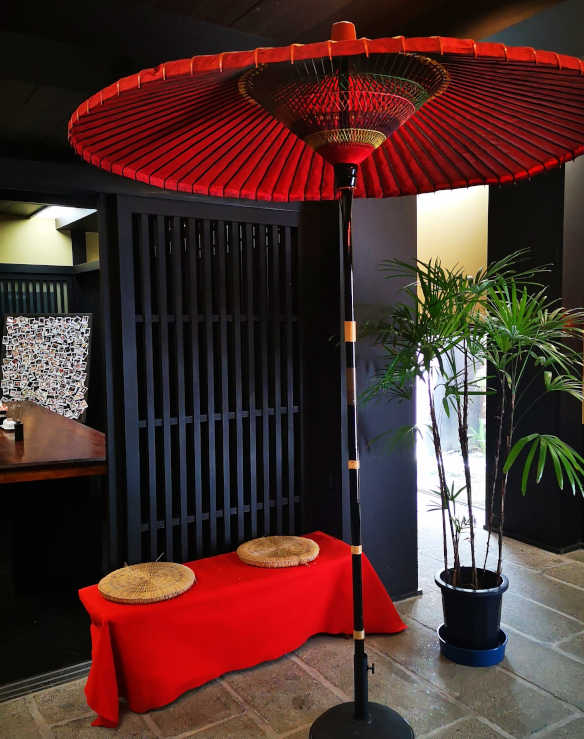
Photo: Travel In Culture
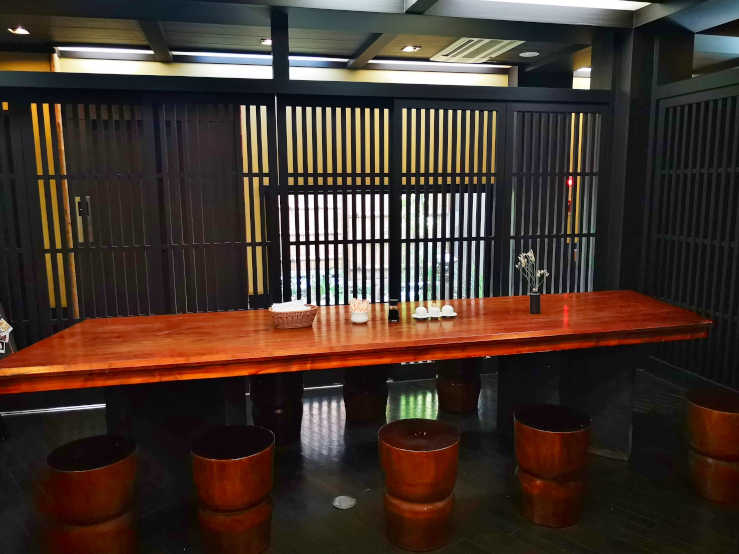
Photo: Travel In Culture
Taito City is kind of a ‘window’ into the Edo period of Tokyo. It is also known as Tokyo’s shitamachi, or old city centre, where the traditional charm of Edo has been preserved. The neighbourhoods are best visited on foot, which gives the opportunity to visit all the little places, temples, and shrines tucked away from the main streets.
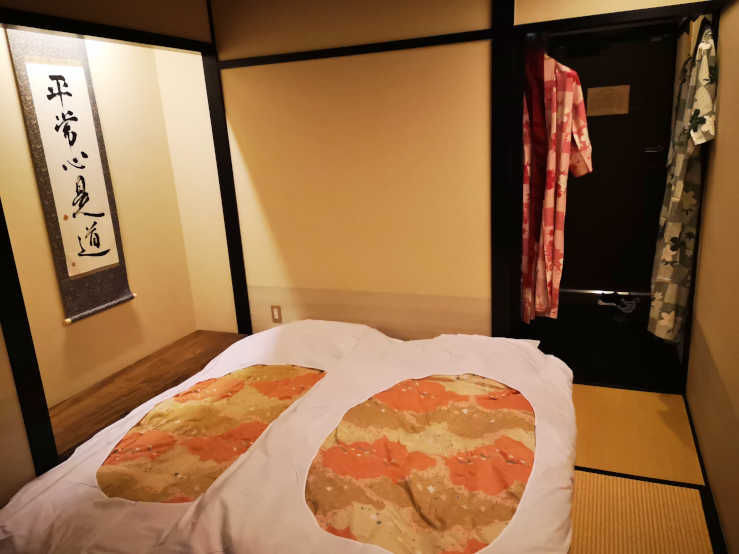
Photo: Travel In Culture
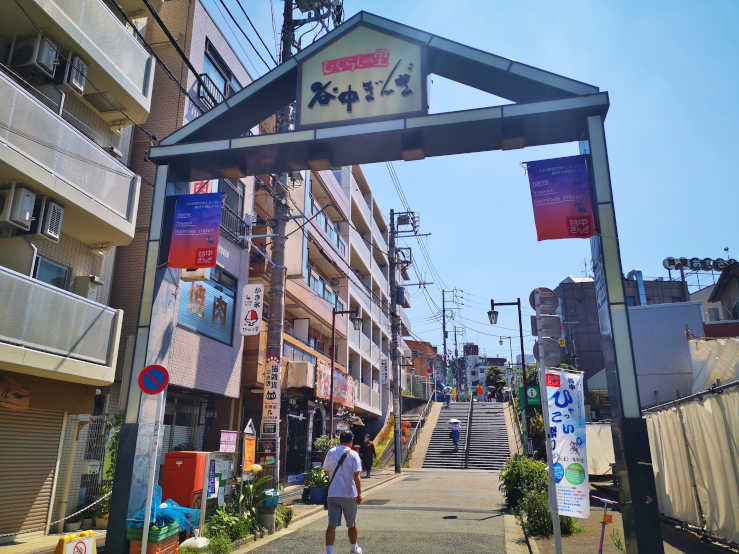
Walk down the stairs from Nippori Station to Yanaka Ginza | Photo: Travel In Culture
Yanaka is a gem in Tokyo – an idyllic and tranquil neighbourhood with green bamboo, flowerpots, and pot plants at the house entrances. The former temple town area is shaped by its history, and there are still many pre-war buildings, Buddhist temples, and old Edo atmosphere around the little streets.
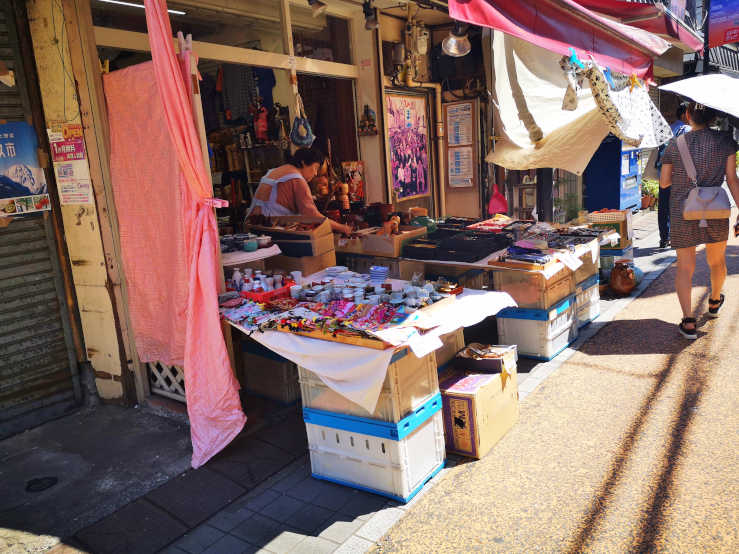
Photo: Travel In Culture
The shopping street Yanaka Ginza is the core of Yanaka. It is a unique mix of the old Tokyo and Japanese heritage and the ultra-modern life of the metropolis. As a blend of takeaway meals, dried fish, colourful sashimi or sushi, bento boxes, and beautiful ceramics for a tea ceremony in the old shops, Yanaka Ginza seethes with inviting food, traditional ambience, and quality artifacts. It is the perfect place to find authentic handicrafts and souvenirs to take back home.
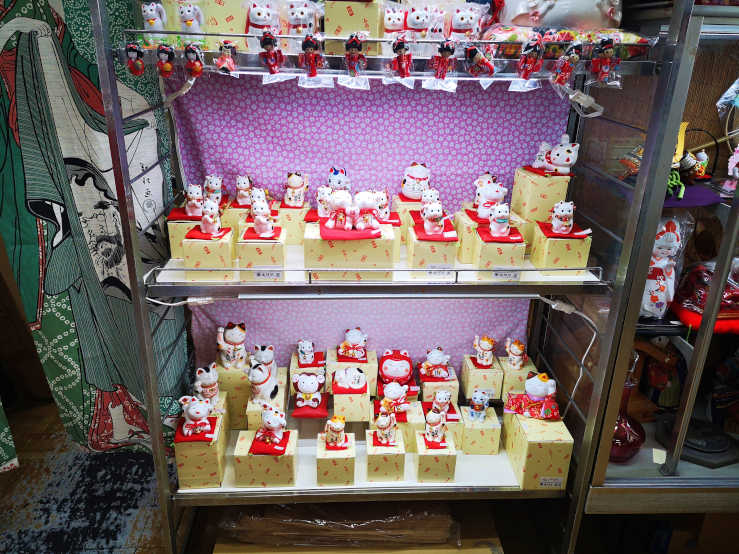
Photo: Travel In Culture
Most shops at Yanaka Ginza seem to have expanded to the street, so passing through the vibrant street with appealing scents from kitchens and stalls is like being in a market street. Yanaka is also the Cat Town, something you will become aware of strolling down Yanaka Ginza, where cat-themed items decorate the shelves of the shops.
Also, the side alleys are worthwhile to explore. Just around the corner, at Yomise Street, a tiny confectionery shop sells sweet, appetising bean cakes for a few yen, and customers can sit on the red outdoor benches enjoying the sweets with a cup of green tea.
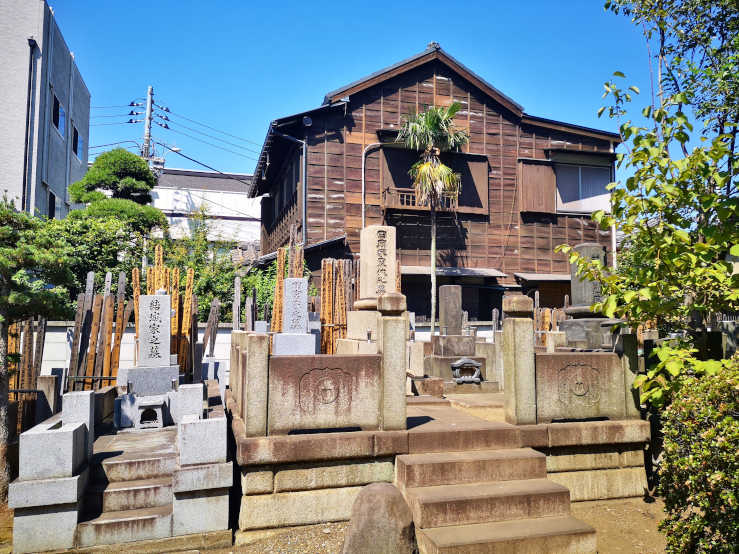
Photo: Travel In Culture
Yanaka is also known for the spacious park-like Yanaka Cemetery, where Japan’s last shogun, Tokugawa Yoshinobu (1837-1913), is buried among numerous other famous historical people. Behind each grave, tall, engraved, or painted wooden sticks or sotobas are placed. Particularly in spring, the cherry trees along the stone paths contribute to the scenic beauty.
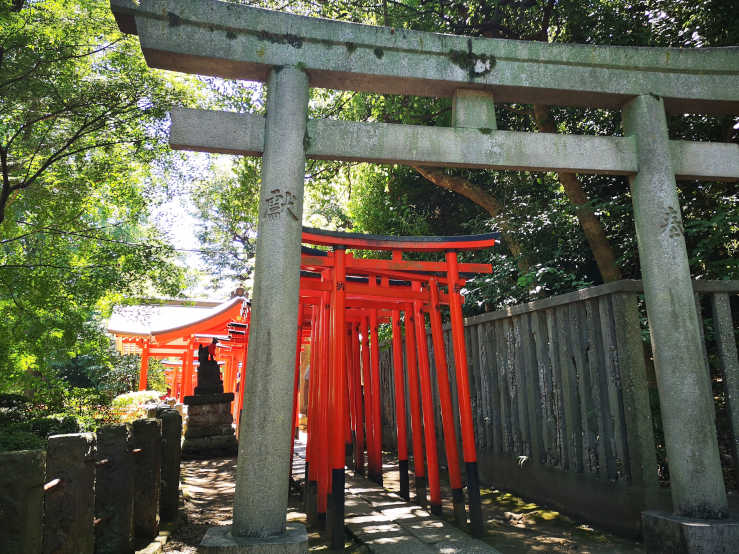
Nezu Shrine | Photo: Travel In Culture
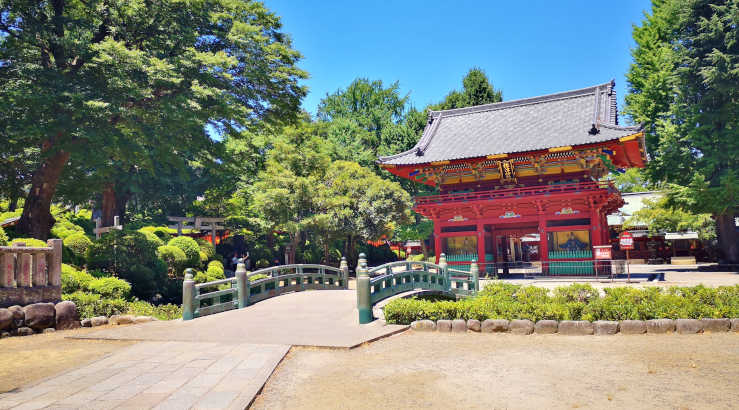
Nezu Shrine | Photo: Travel In Culture
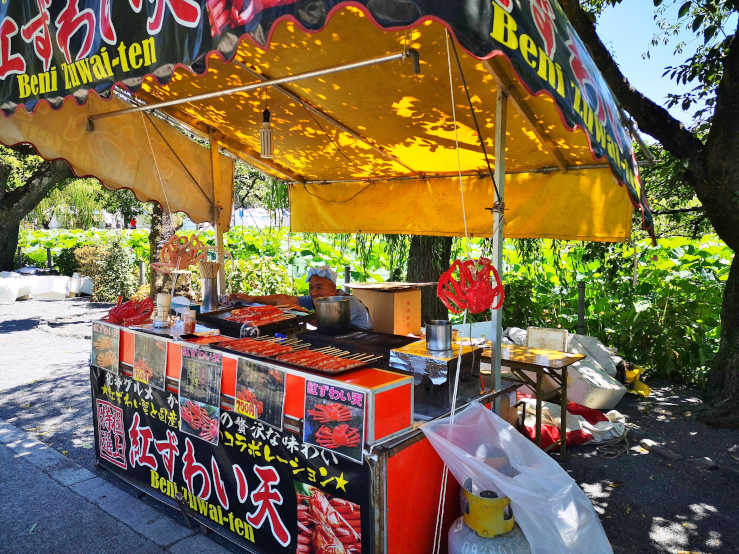
Photo: Travel In Culture
Ueno is also the epitome of Japanese idyll, with Ueno Park as the focal point. The vast public park right beside Ueno Station was in the past the temple grounds of Kaneiji Temple. Today, Ueno Park is one of the most popular locations for hanami, or cherry blossom viewing, during cherry blossoms (sakura) in spring, as well as for family picnics with the pink trees as a backdrop. Also, a stroll along the Shinobazuno Pond is beloved.
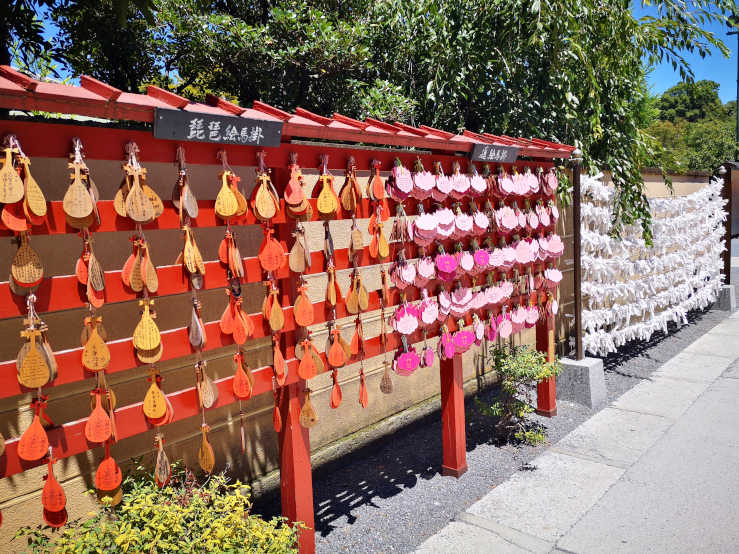
Photo: Travel In Culture
In addition to traditional shrines, e.g., Toshogu Shrine, Ueno Park is also home to excellent museums for Japanese art, culture, and history, e.g., Tokyo National Museum including Japanese heritage items, samurai swords, and kimonos – and the Shitamachi Museum providing insight into the traditional way of living centuries ago. Furthermore, Japan’s oldest zoo can be found in Ueno Park.
Ueno Park is also the location of cultural performances, performing arts, and festival events.
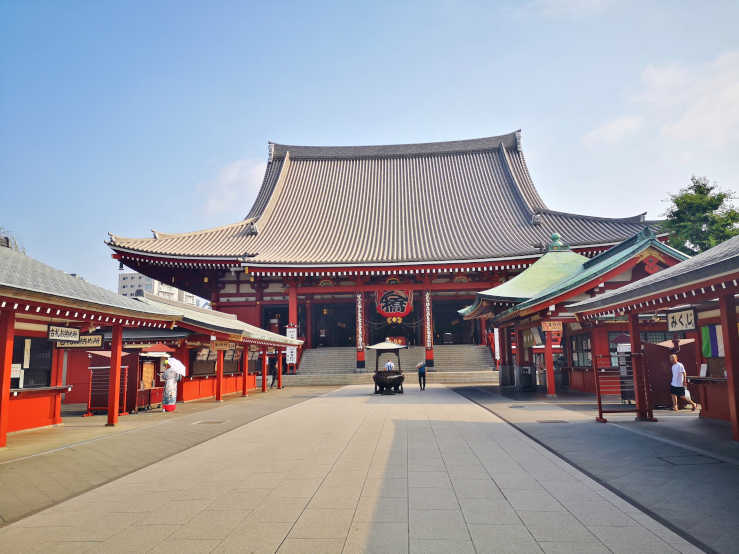
Photo: Travel In Culture
Already in the early Edo period, Asakusa was a vibrant district of Tokyo. The Shitamachi atmosphere has been preserved around the still-existing and spectacular Sensoji Temple.
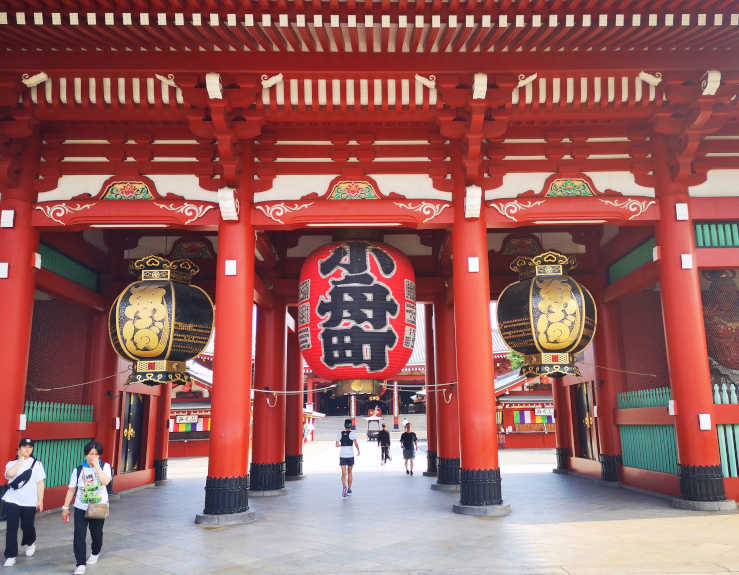
Photo: Travel In Culture
Sensoji Temple dates from the 7th century when it was dedicated to Bodhisattva Kannon. Today, the temple is also known as Asakusa Kannon. Besides a main hall, Sensoji Temple includes a five-storey pagoda. The iconic vermillion-lacquered Kaminarimon Gate (Thunder Gate) marks the entrance to the temple. The black signs on the gigantic red paper lantern symbolise the thunder. Before arriving at the main building of Sensoji Temple, visitors will pass the Nakamise pedestrian shopping street, an Edo-style narrow street with the sale of all kinds of traditional souvenirs.
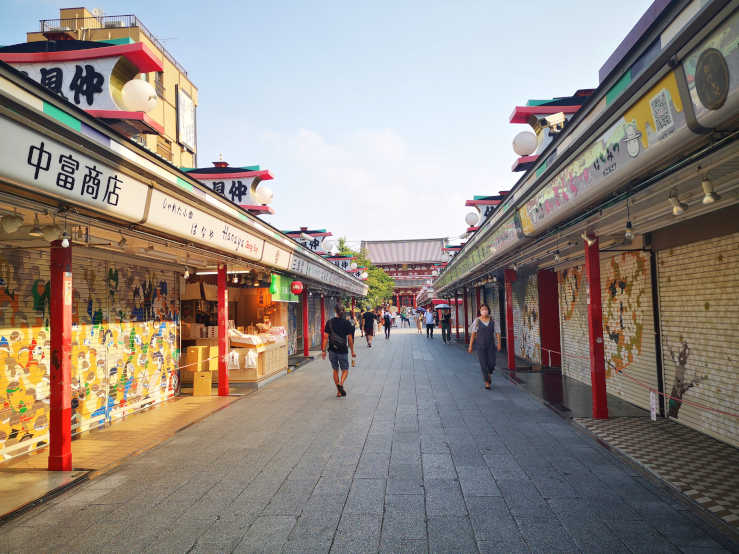
Photo: Travel In Culture
Throughout the year, various events and festivals, such as Sanja Matsuri with floats and portable shrines, are held here at Sensoji Temple. Near Sumida Park, the summer festival culminates with fireworks over the Sumida River.
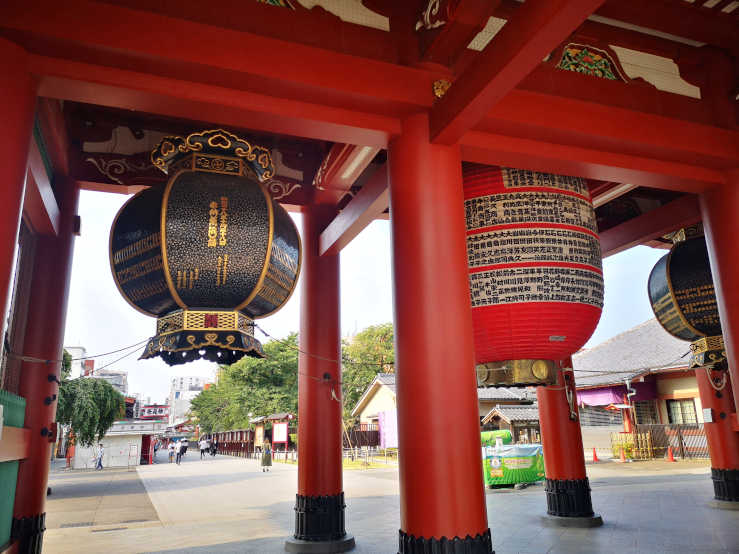
Photo: Travel In Culture
A stone’s throw from Asakusa, there is a unique historical shopping street, Kappabashi Kitchen Town. It boasts an impressive cookware market, including Japanese knives and plastic food samples of sushi, tempura, ramen, and other dishes served in restaurants and exhibited in restaurant windows all over Japan!
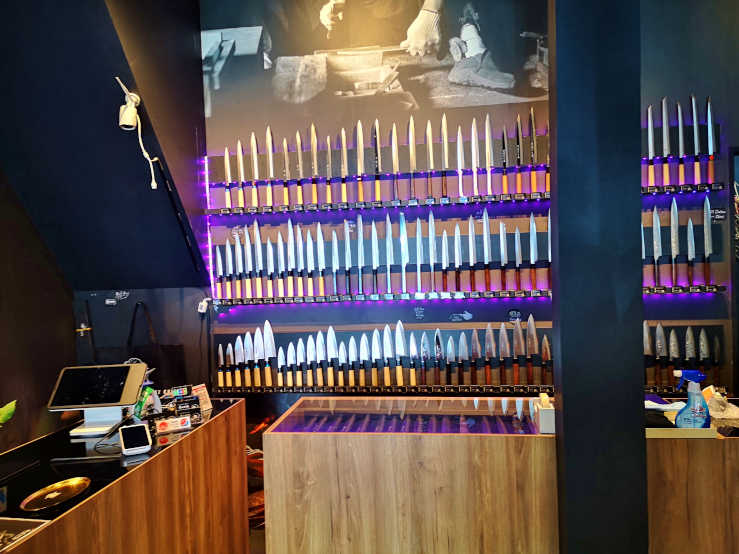
Photo: Travel In Culture
The last district of Taito City is Asakusabashi. Asakusabashi is a historic wholesale district, in particular for dolls, located south of Asakusa. Apart from the doll sale, there are not many tourist attractions in this area, and it is therefore not much visited by tourists. Nevertheless, the name Asakusabashi is linked to a famous bridge that was once an important toll point in Tokyo.
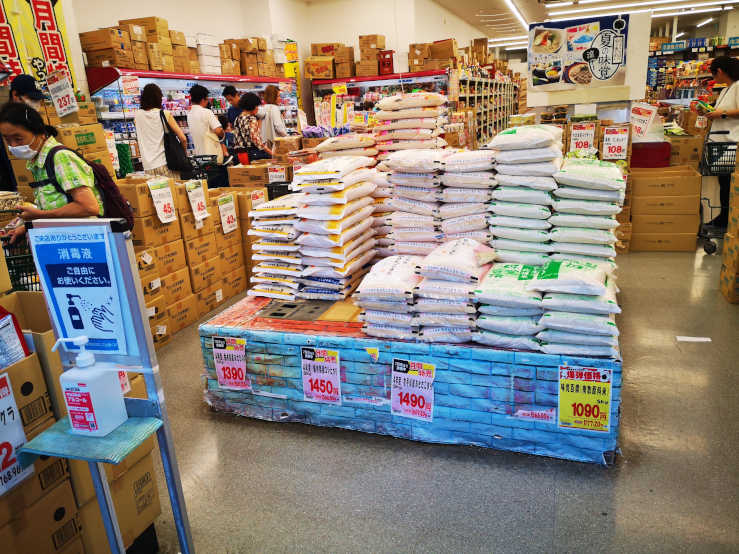
Photo: Travel In Culture
Itinerary 3 days in Tokyo
Crime rate Japan/your country
Read more about Tokyo in our Tokyo Travel Guide and Tokyo’s Anime Culture
Travel Insurance / Visa
Have you considered what you will do in the (unlikely) event that something unforeseen happens? Do you need a travel insurance? Check here if you need a travel insurance for your trip – and check here if you need a visa – and apply for it!
Read next: Visit Kagoshima and Explore Sakurajima Volcano
Sensoji Temple, Ueno Park & Yanaka Ginza (Taito City)
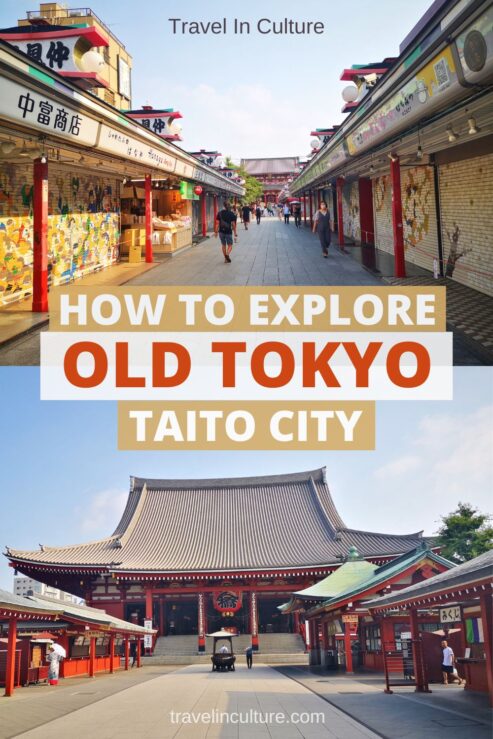
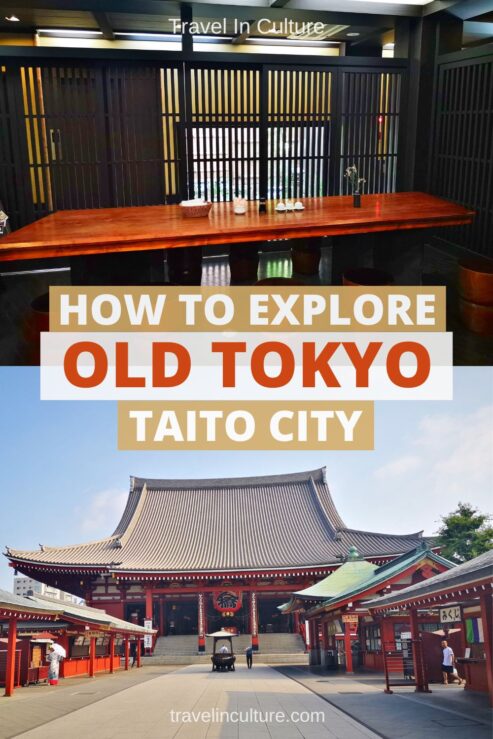
Featured image of
Taito City: Sensoji Temple, Ueno Park & Yanaka Ginza:
Travel In Culture





